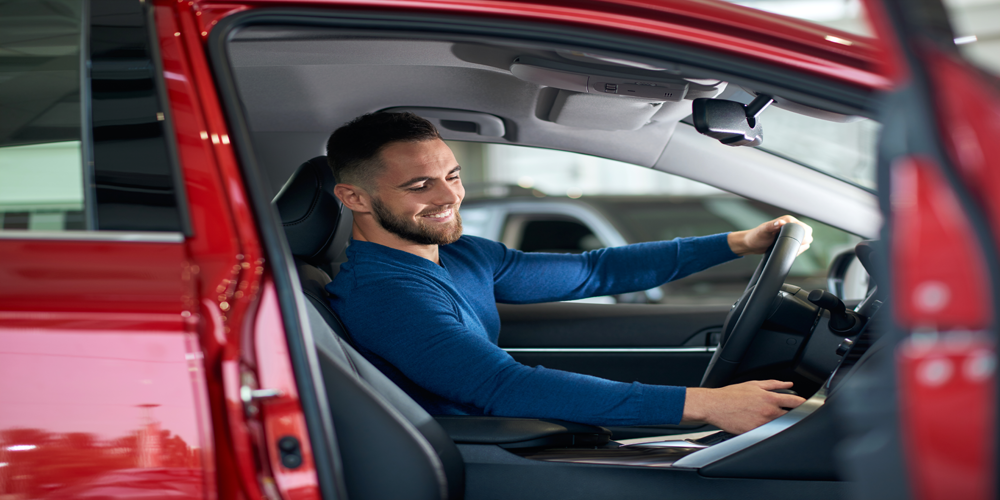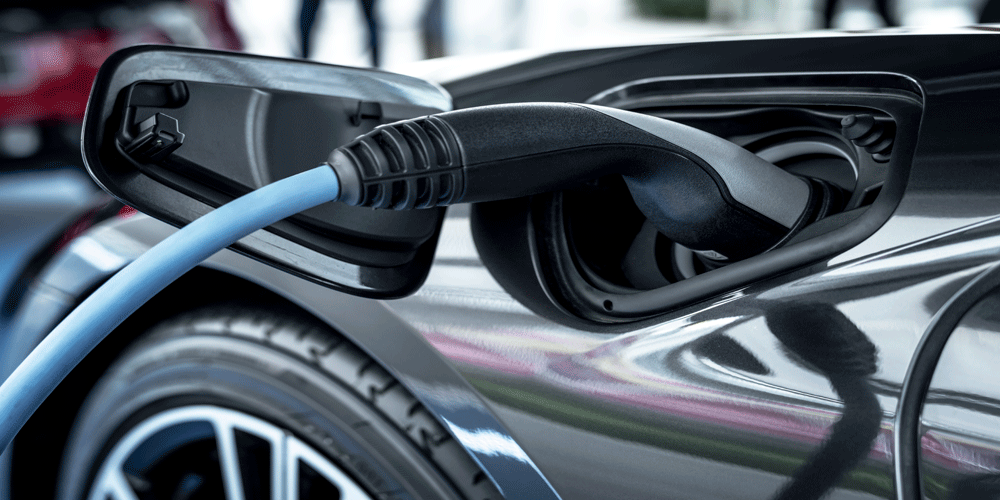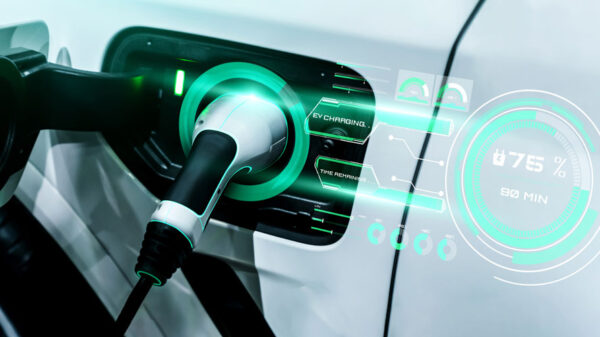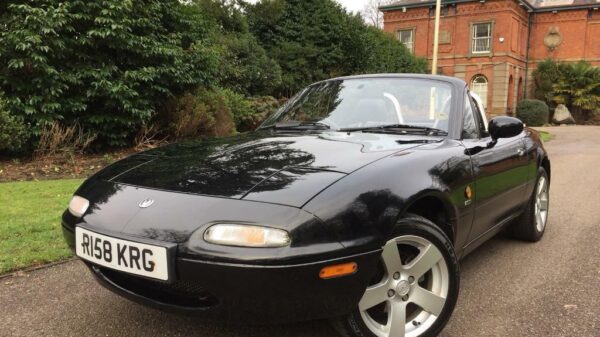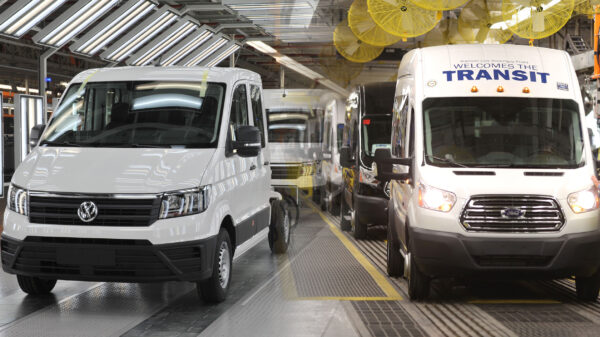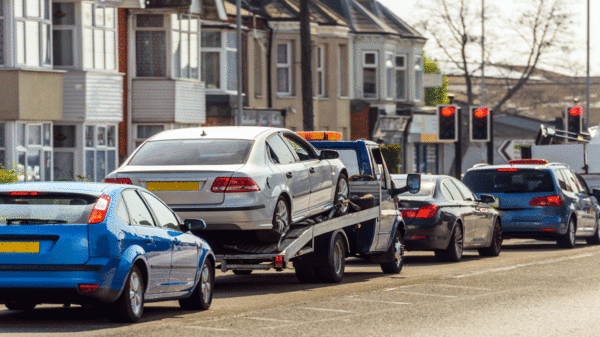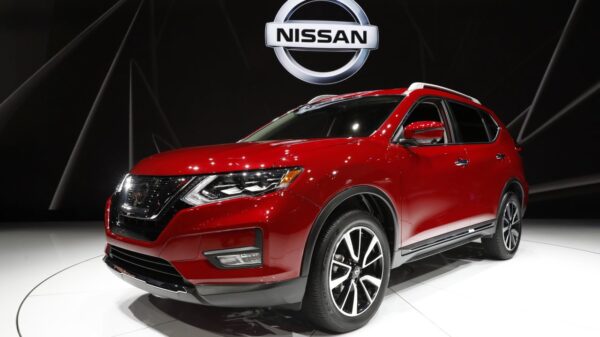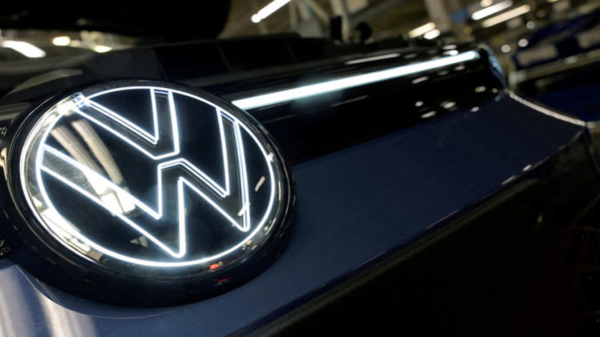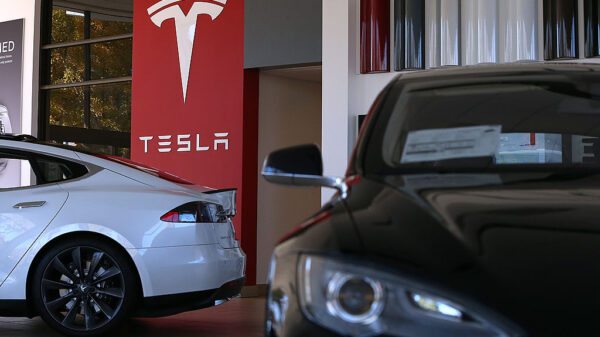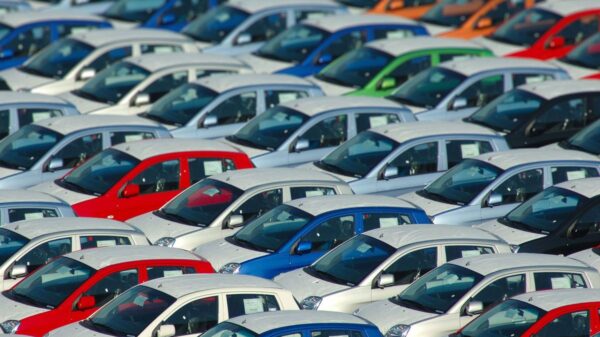Electric Car Numbers Surge Past Two Million
Electric car numbers surge past two million mark worldwide. A new study has put the increase down to falling battery costs and the increase in the number of charging points. The total number of electric vehicles in the world passed the two million mark last year.
Though there were only a few hundred all-electric vehicles globally in 2005 and went through the one million mark in 2015, there was a 60 per cent sales rise in 2016. The data, compiled by International Energy Agency, found that over 750,000 units were sold in 2016. It attributes the rise in popularity to supporting policies introduced by governments.
Lower purchase costs, longer battery ranges and the widespread increase of charging points were also highlighted as key reasons behind the increase in the use of electric vehicles.
Chris Lilly, content manager at Next Green Car, said: “It’s good to see that there have been more than two million plug-in cars sold around the world, and positive too that the UK is one of the most important markets for them. Although there are a relatively small number of plug-in cars on the road, growth has been rapid and is widely expected to accelerate further.
“The rate of progress in the EV market has been astonishing, and we are on the verge of a true second-generation of EVs due in the next year or so. Despite this, there has been regular and rapidly rolled-out powertrain development, with the likes of the Nissan Leaf, BMW i3, Renault Zoe, and VW e-Golf all seeing significant increases in range in the past year or so.”
Almost a third of new cars now sold in Norway are electric – the greatest proportion worldwide. However, six countries have reached over one per cent electric car market share in 2016: Sweden, France, the UK, China, the Netherlands and the aforementioned Norway.
There are an estimated 2.3 million electric charging points worldwide as of 2016, though their deployment and availability has been slightly ahead of electric car growth itself. Public charging points were outnumbered by private ones, which suggests that more drivers are choosing to recharge their cars at home.





